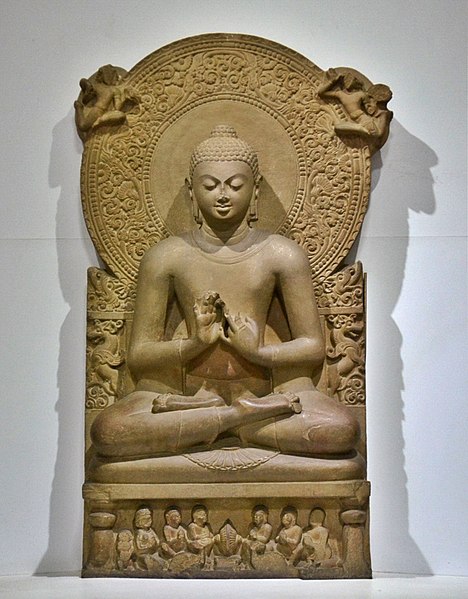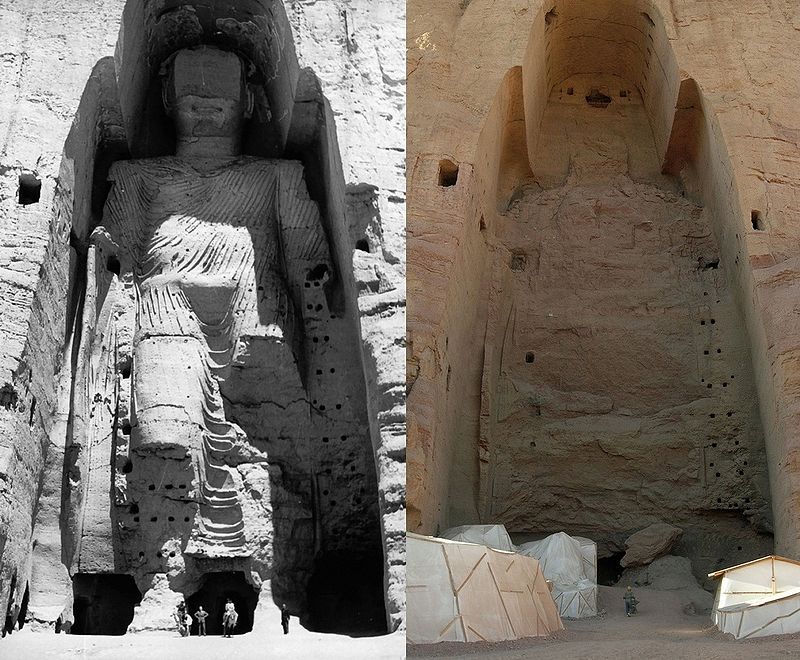I don't know why these quacks even get enough coverage to make their bizarre views even narrowly known.
That said, with respect to Mr. Weidemer, you can say that he is consistent... 50% unemployment, 90% stock market crash and 100% inflation starting soon... but thankfully he is also consistently WRONG!
'cause unfortunately Pb4uski fear sells.
I'm not sure if others have these things in their area but here in Philly every so often we have these "seminars" you can attend that are given by some "guru" has a sure fire way to protect your assets 100% while also growing them. They always have a "limited amount of seating" so call now and reserve.
I'm a bit late to the investment game as my late husband did most of it but after he passed I knew I had to learn a bit instead of just handing my money over to a FA.
It was so depressing, most of the information was pretty much how if I did not have a million bucks in the bank I could kiss my keaster goodbye because I was doooomed to spend my old age in a box, under a bridge, eating dog food.
my computer loads up onto Yahoo, every day there is a feed about how retirees are doomed.
My coworker actually told me about this site
Last edited:






